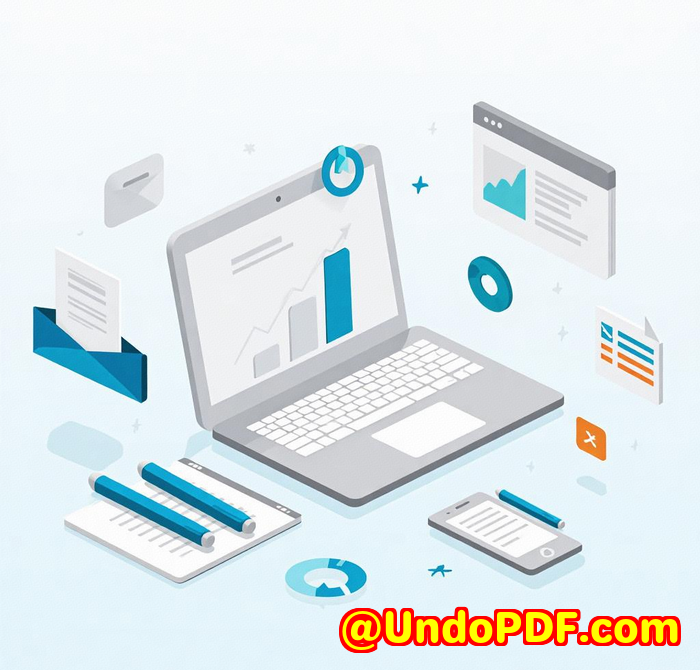How to Use VeryPDF JavaScript PDF Annotator for Efficient Medical Record Markup and Patient Data Review
Meta Description
Annotating patient records just got easier with VeryPDF JavaScript PDF Annotatorcross-platform, no plugins, packed with markup tools.

Every hospital shift started the same way
Pile of scanned medical records. Physician notes that looked like hieroglyphics. Multiple specialists commenting on one PDF, leaving chaos in the margins.
I used to dread reviewing patient data. Every click felt like a waste of timeslow, clunky, half-baked tools that didn’t talk to each other.
I remember one week where three of us made conflicting notes on the same file. Nobody saw each other’s input. The result? Delayed diagnosis.
That’s when I started hunting for something better. And that’s how I found VeryPDF JavaScript PDF Annotator.
The Tool That Actually Solves The Problem
I’m not here to hype just another app.
This tool worked. Period.
VeryPDF’s JavaScript HTML5 PDF Annotator Source Code License is exactly what it says it isa powerful, browser-based PDF annotator you can fully integrate into your own system.
If you’re working in a hospital, clinic, or telemedicine platform, and your team’s burning hours manually updating patient files across systemsthis is your fix.
You get the source code. You own the integration.
You’re not stuck with bloated, one-size-fits-all software.
What This PDF Annotator Can Actually Do
Let me break it down.
1. Full Cross-Platform Compatibility
I run a hybrid teamsome are on Windows, others on MacBooks, some using tablets. This annotator works everywhere. No Java, no Flash, no plugins. Just pure HTML5 in the browser.
We’ve got it running on:
-
Chrome
-
Safari
-
Edge
-
Firefox
-
Even on our iPads during ward rounds
2. Dead-Simple Markup Tools
We’re talking:
-
Highlighting medication names
-
Strikethroughs on outdated dosages
-
Point comments on CT scan observations
-
Freehand drawing for radiology notes
-
Text annotations for follow-up reminders
You can burn the annotations into the file or keep them live for team collaboration.
One time, a specialist added a freehand circle around a tumour on a scan and left a text comment next to it. I reviewed the file on my phone laterannotations were there, crystal clear, no file format issues.
3. Handles 50+ File Types
Not just PDFs.
Need to annotate a Word doc from a visiting consultant? Done.
TIFF scan from a legacy system? Covered.
CAD files from the medical device supplier? Easy.
It works with:
-
PDF, DOCX, XLSX, PPTX
-
Images: JPG, TIFF, PNG
-
CAD: DWG, DXF
-
And more via VeryPDF’s Cloud API
4. Collaboration Built In
Multiple doctors, one document.
Layered annotations so each person’s input is visible.
We use it during case reviewseveryone sees what’s been marked up, in real time.
5. You Keep Control
Since we got the source code license, we’re not locked into any vendor’s pricing or roadmap.
We connected it with our internal patient portal via REST APIclean integration, no drama.
Why This Is Better Than Everything Else I Tried
Before VeryPDF, we tried:
-
Adobe Acrobat: bloated, expensive per seat
-
Some open-source tools: unstable, poor browser support
-
Offline desktop apps: can’t collaborate, can’t scale
VeryPDF hit the sweet spot:
-
Fast
-
Reliable
-
Customisable
-
And honestly, it just works
Who Should Be Using This
If you’re in any of these spaces:
-
Healthcare IT
-
Telemedicine platforms
-
Insurance review teams
-
Pharma research teams sharing annotated reports
-
Hospitals dealing with multi-department record reviews
This annotator saves you time, confusion, and errors.
Final Thoughts
For me, it solved a real-world bottleneck.
I don’t dread Monday record reviews anymore.
My team sees what everyone else is doing.
No one overwrites data or misses crucial comments.
I’d highly recommend this to any medical or data-heavy team dealing with PDFs across devices.
It’s flexible, it’s cross-platform, and it’s got your back.
Click here to try it out for yourself:
https://veryutils.com/html5-pdf-annotation-source-code-license
Custom Development Services by VeryPDF
Need something more specific?
VeryPDF’s team builds custom solutions that plug right into your existing systems.
From Windows virtual printer drivers to server-based PDF processing, they handle:
-
Document conversions
-
Annotation engines
-
Barcode tools
-
OCR modules
-
Cloud-based signature systems
-
Cross-platform printer monitoring
-
Secure document workflows
-
Full stack support across Python, PHP, C++, .NET, JavaScript, HTML5 and more
Got a unique requirement?
VeryPDF’s got the chops to build it.
Talk to their dev team here: http://support.verypdf.com/
FAQs
Q: Can I embed the PDF Annotator into my existing hospital EMR system?
Yes. With the source code license, you can fully integrate it via JavaScript or REST APIs.
Q: Do users need to install plugins or software?
No. It’s entirely browser-based. Nothing to install. Works on desktop, mobile, and tablet.
Q: What if I need to annotate formats other than PDF?
It supports over 50 file formats, including Word, Excel, PowerPoint, images, and CAD files.
Q: Is this secure enough for medical data?
Yes. You host it. You control access. It doesn’t rely on third-party cloud storage.
Q: Can annotations be exported or emailed?
Yes. You can export annotated documents, email them directly, or share via a secure link.
Tags / Keywords
-
JavaScript PDF Annotation Tool
-
PDF Annotator for Medical Records
-
HTML5 PDF Viewer with Markup
-
Cross-Platform PDF Annotation
-
Source Code PDF Annotation API
Bottom line: if you’re trying to review patient records faster and collaborate better, the VeryPDF JavaScript PDF Annotator is the tool you need.